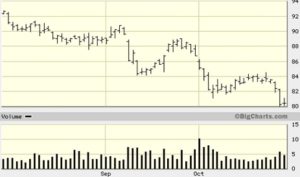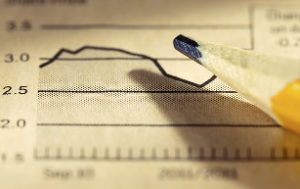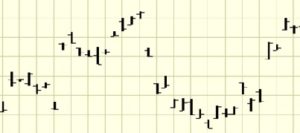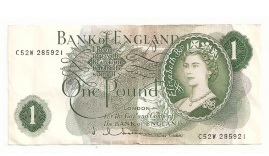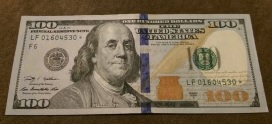There is an inverse relationship between interest rates and the price of bonds. For example, when interest rates rise, then the price of bonds fall. Along with falling bond prices, stocks that are sensitive to interest rates fall as well. The most common interest-rate sensitive class of stocks are REITS, real-estate investment trusts. These are companies that pass-through their real estate rental income to stockholders. Over the last 8 years, interest rates have been low so that retirees looking to increase their income have been buying REITs for their high dividend payments. Now may be a good time to sell or hedge some of these securities.
Across the globe, interest rates have been rising for the last two months. Correspondingly, government bond prices have been falling in: France, Italy, Germany, Britain, Poland, Denmark, Sweden, Australia, Argentina, Mexico, Philippines, and the U.S. This downdraft of bond prices has also been pulling down the stock prices of REITs (the chart is a REIT index), and other interest-rate sensitive stocks such as: master-limited partnerships, preferred stocks, high-dividend yield stocks, and others.
So while the stock market has been bouncing around price highs for months, these interest-rate sensitive stocks have been falling across the board. Some investors bought these shares when they started to fall a month or two ago, only to see prices continue to fall. With global interest rates being severely low since 2009, interest rates could rise for a very, very long time, putting downward price pressure on all sorts of interest-rate sensitive securities. My advice is to be very cautious with your holdings in: bonds, REITs, preferred stocks, and anything else interest-rate sensitive by watching the direction of bond prices. You can do this by watching the price direction of a bond index on a price chart. While the terrain of interest rate securities varies (government, corporate, emerging market, short term, long term, etc.), the most widely followed interest rate instrument is the 10-year Treasury futures contract. An easier price chart to locate is an ETF (a security that trades like a stock) with similar characteristics which trades by the ticker symbol “IEF.”

